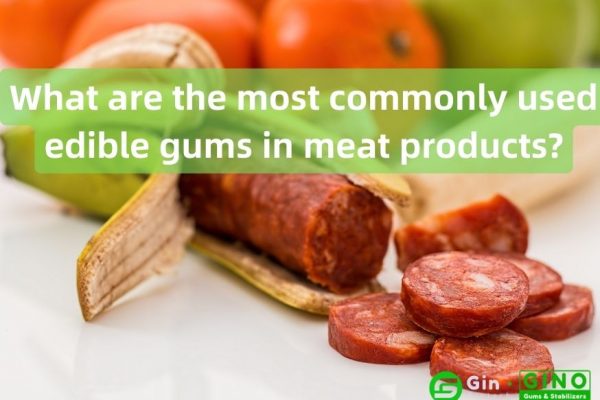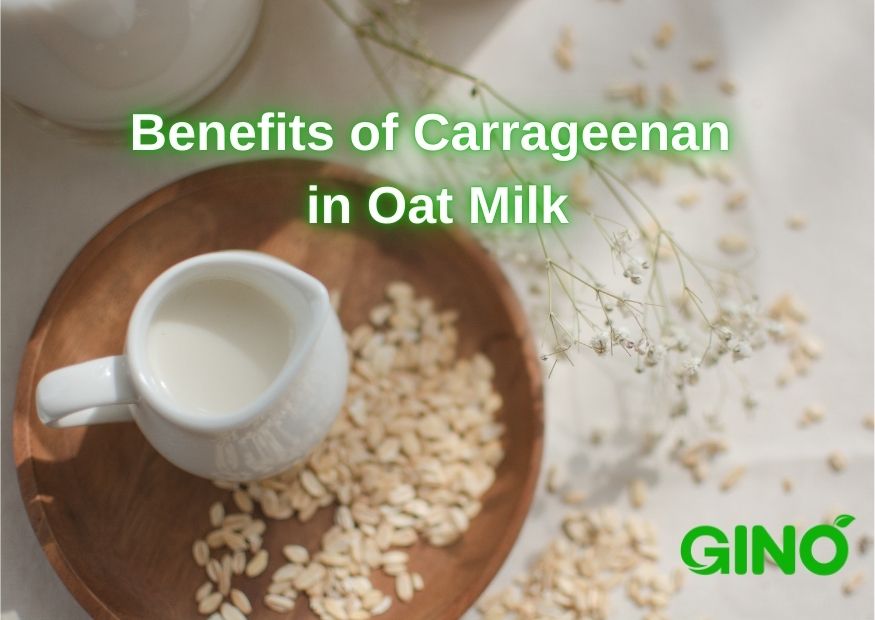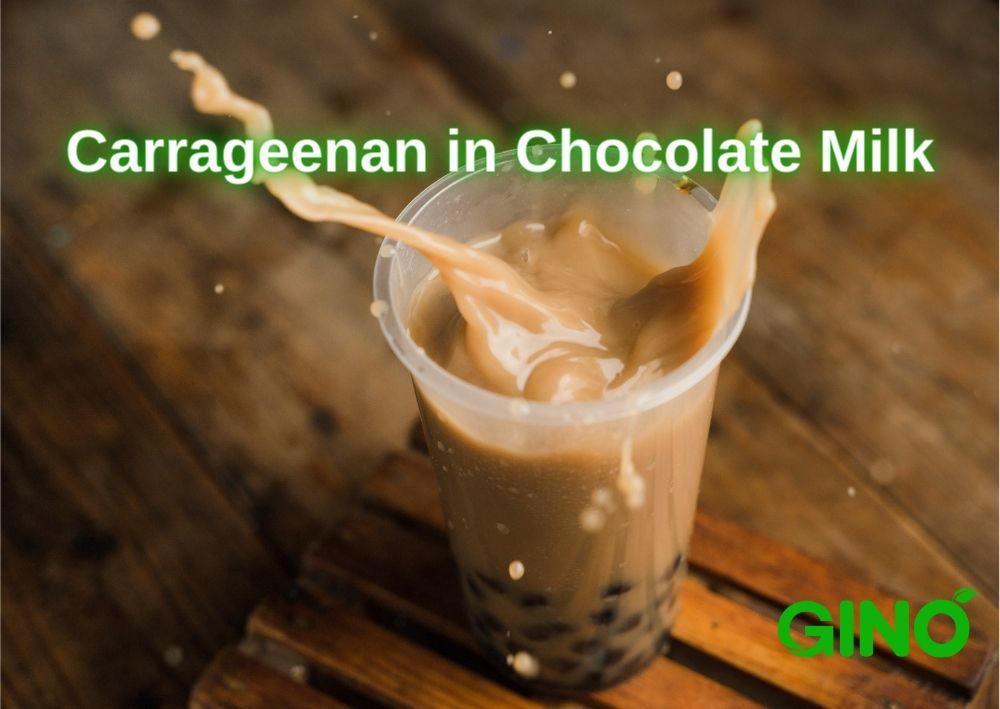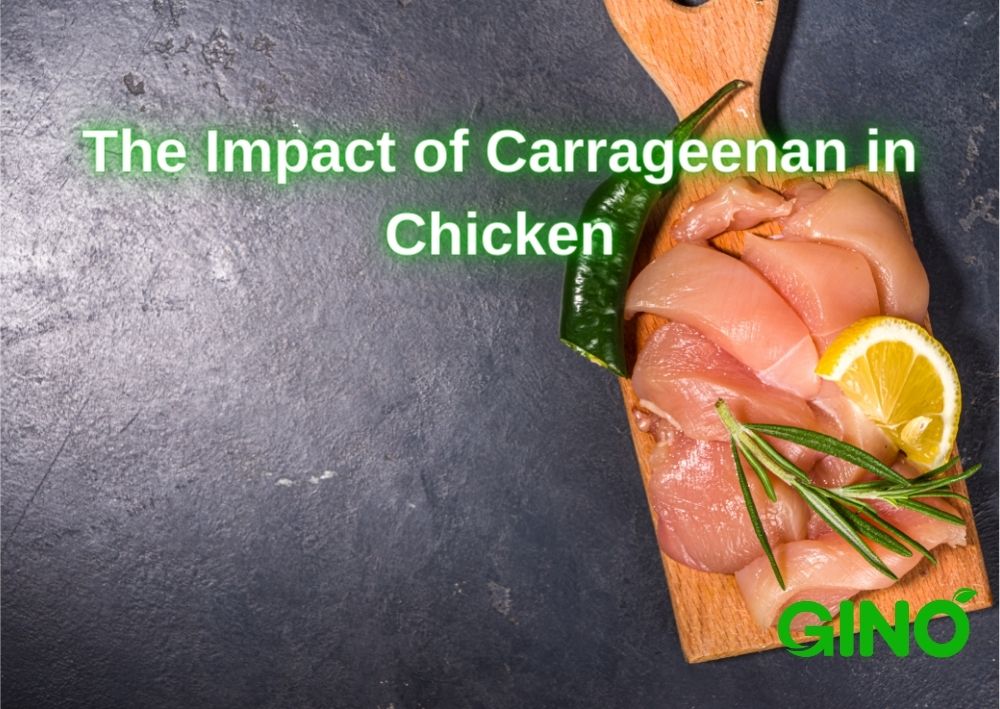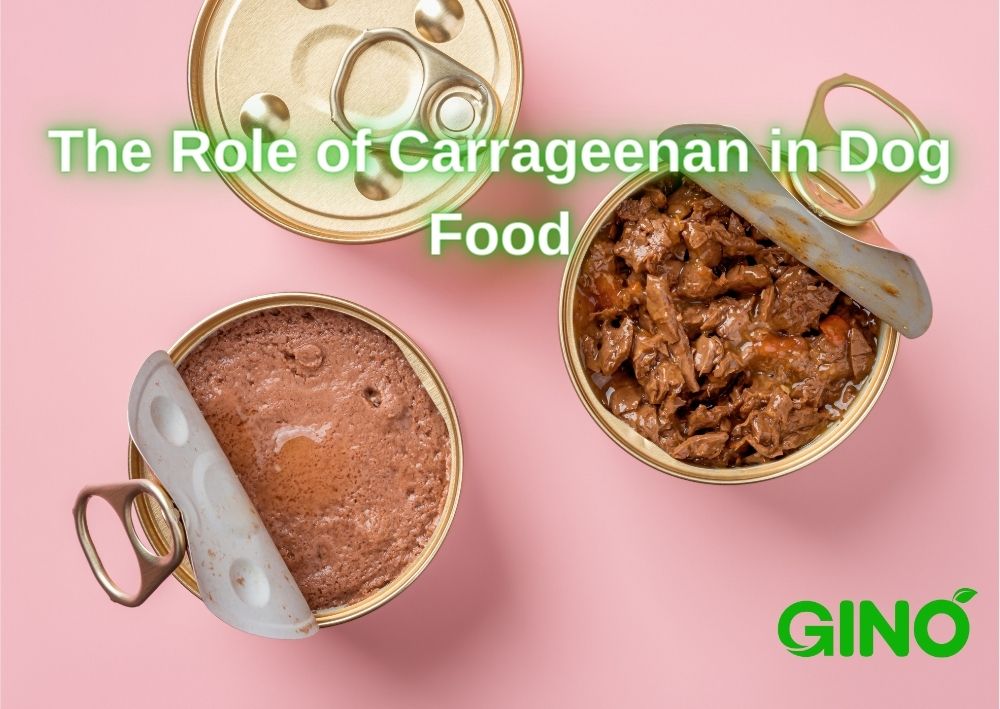For over 10 years, Gino Biotech has been a major supplier of food hydrocolloids. With our variety of plant-based gums & stabilizers, we can create tailor-made hydrocolloid solutions perfectly matched to the needs of our customers. READ MORE
Edible Gums Sources | Where does edible gum come from?
Edible Gums Sources | Table of Contents
Facebook
Twitter
LinkedIn
Nowadays, edible gums (hydrocolloids) have become an essential thickener in the food industry, the world allows the use of about 60 varieties of edible gum, so where does edible gum come from?
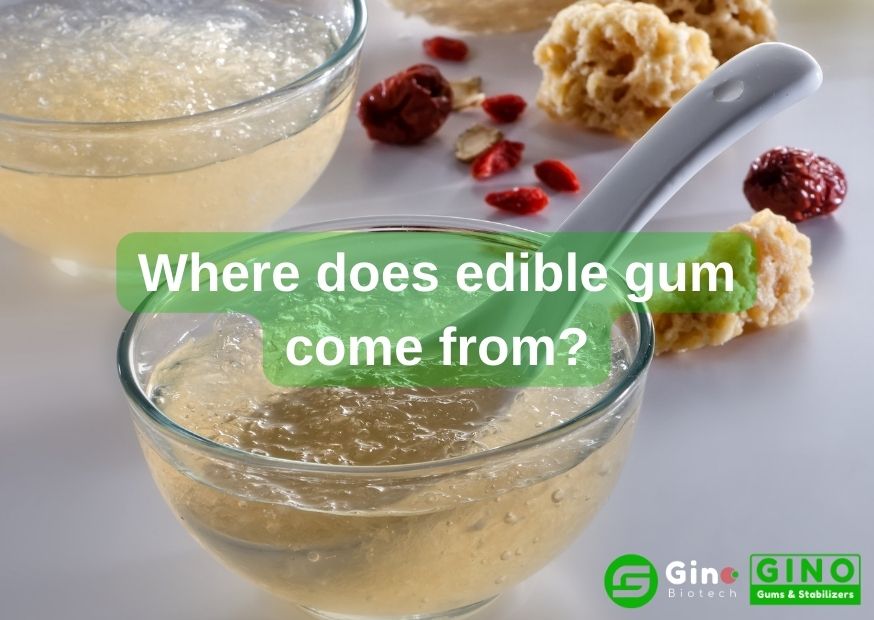
1. Edible Gums Sources - Seaweed
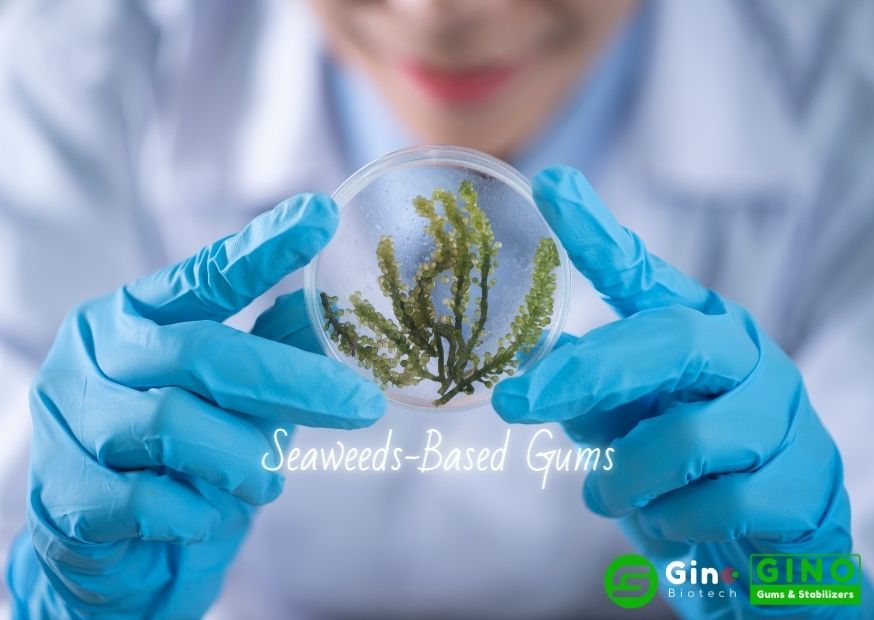
Among the edible gums, there is a class called seaweed gum, as the name suggests, seaweed gum is a class of edible gum extracted from seaweeds, agar, carrageenan, and sodium alginates are all seaweeds gum.
There are more than 15,000 kinds of seaweeds on earth, and the composition, nature, function, and use of each kind of seaweed will be different, so the performance of edible gums made from different kinds of seaweeds will also be somewhat different.
2. Edible Gums Sources - Plants
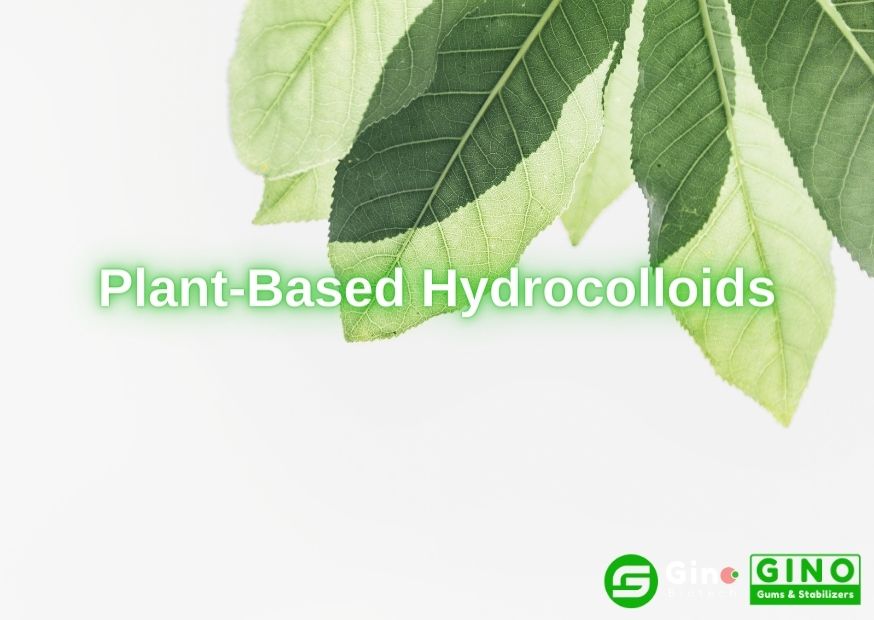
Many plants are also excellent sources of edible gums.
Some plant seeds and plant solubles can be used to make gums.
In many cases, the water-soluble polysaccharides in gums made from plants and their seeds are similar to the exudate of irritating plants, which are produced by a delicate and specialized technique.
The common plant gums are pectin, konjac gum, linseed gum, gum arabic, locust bean gum, etc.
3. Edible Gums Sources - Microorganisms
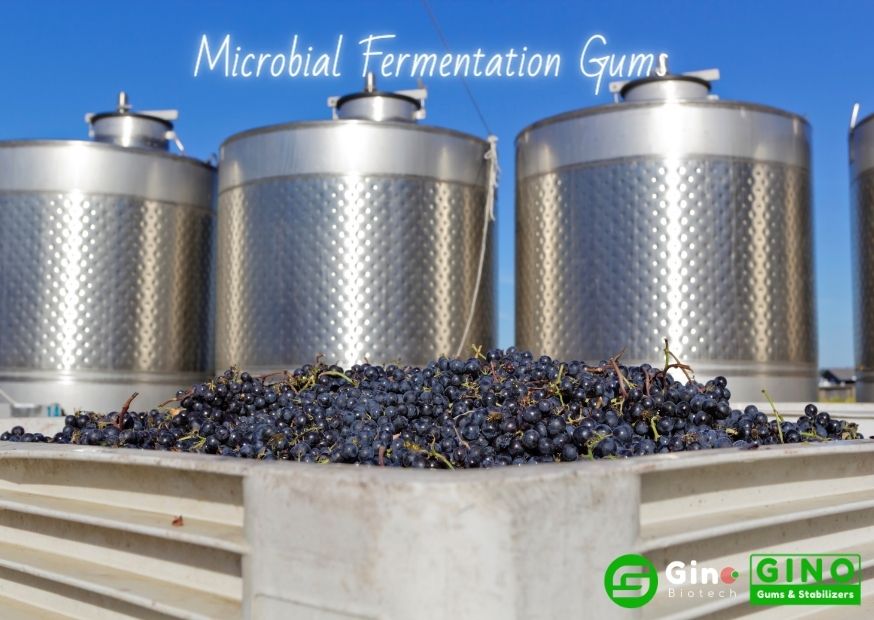
Fungi or bacteria interact with starchy substances can produce a wide range of edible gums, such as xanthan gum, gellan gum, curdlan, etc.
This is the breakdown of all starch into monosaccharides, which are then condensed into new molecules by condensation reactions.
4. Edible Gums Sources - Animal Raw Materials
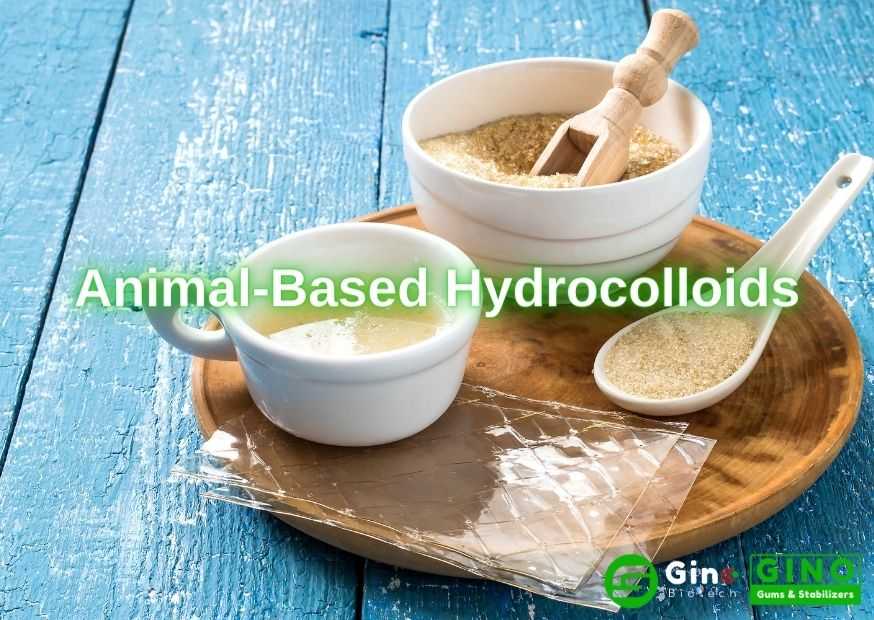
This kind of edible gum is extracted from animal skin, bone, tendon, milk, etc. Its main component is protein. There are gelatin, fish glue, sodium caseinate, whey protein, etc.
5. Edible Gums Sources - Cellulose, Starch
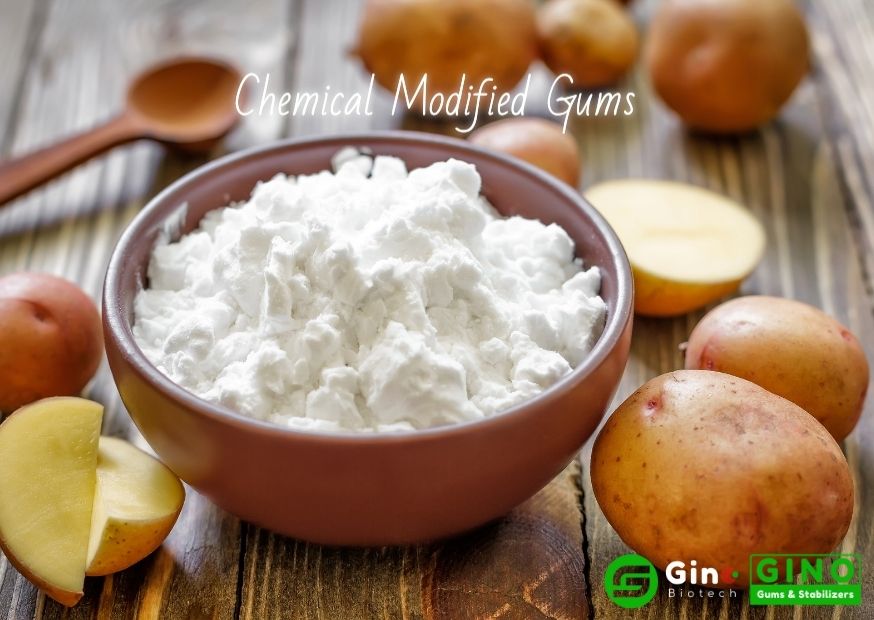
Cellulose and starch are also the main sources of edible gums. These edible gums are sugar derivatives made from cellulose and starch by hydrolysis, condensation, chemical modification and other processes under the action of chemical raw materials such as acids, alkalis and salts.
They mainly include sodium carboxymethyl cellulose, microcrystalline cellulose, modified starch, etc.
Recent Posts
The Role of Carrageenan in Beauty Products
2024-07-19
The Benefits of Carrageenan in Oat Milk
2024-07-12
About Gino Biotech

We are a biotech company specialized in the research, development and commercialization of innovative and technological food additives hydrocolloids Agar Agar, Carrageenan and Tailor-Made Stabilizer Solutions.
With the extended know-how and experience in the research, application and use of Hydrocolloids, we could provide one-stop-shop customized solutions perfectly matched to the needs of our customers.
Our products cover the needs of the Meat, Dairy, Bakery, Confectionery and other industrial sectors.


